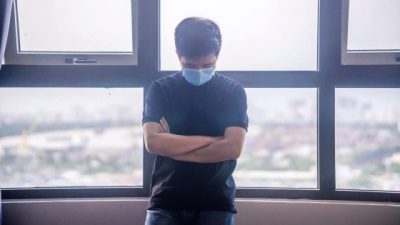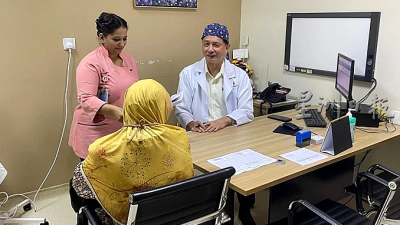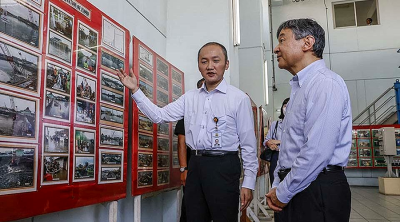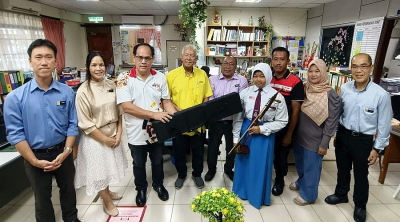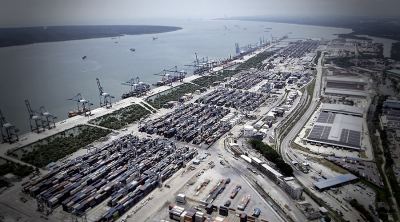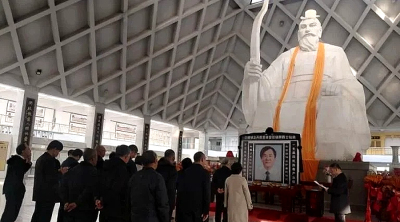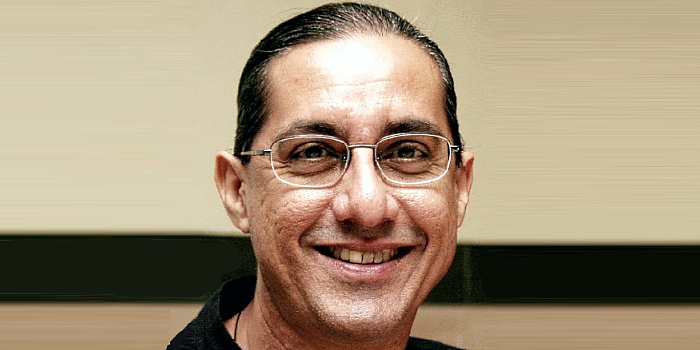
I had planned to have a quiet end of the year and Christmas. I have written more than 40 media articles on the COVID-19 pandemic since January 2020, had numerous media interviews, worked on many statements with the Malaysian Health Coalition and other groups. I needed a break and had turned away a number of media requests. But three recent events, like straws that broke the proverbial camel’s back, have galvanized me to share my opinion.
I’m trying here to offer an honest and evidence-based assessment of our COVID-19 response for the last 2 years. I ask myself this question: “Are we ready for the Omicron and other variants that are coming our way?” This article is a report card of the government’s response and current measures.
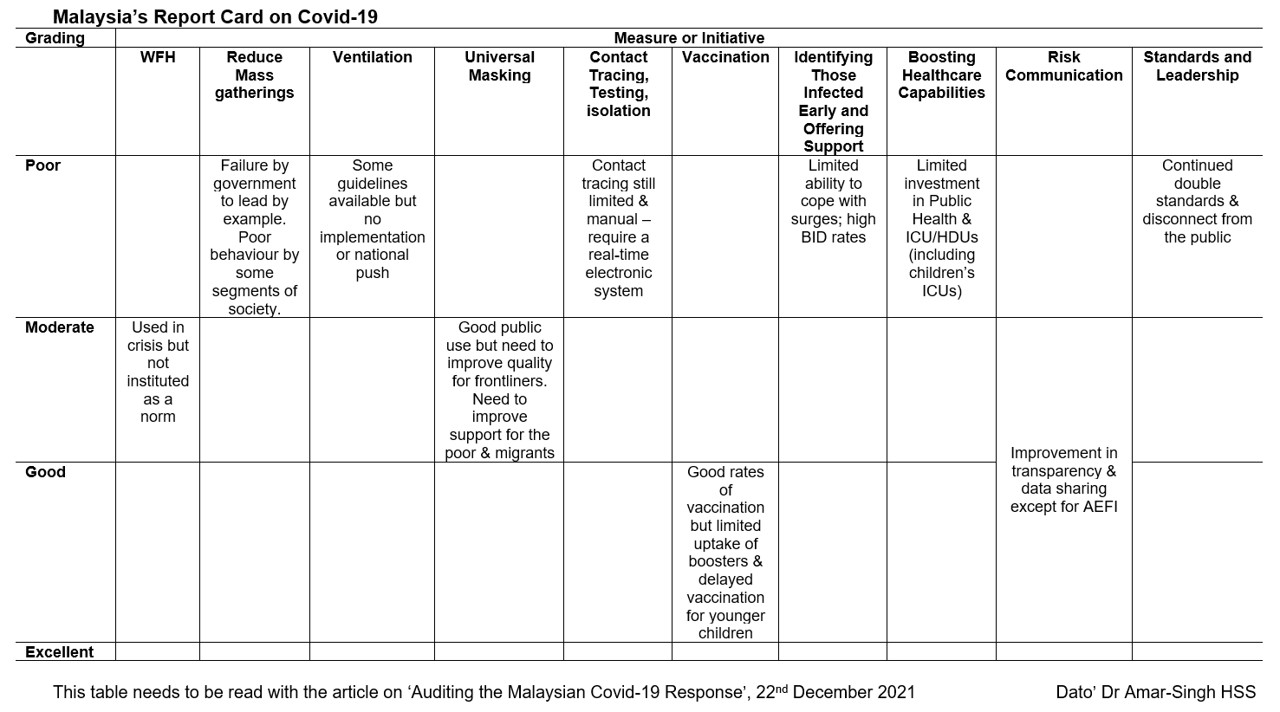
Allow me to start by describing the three recent events that have distressed me and highlighted how unprepared we are as a nation.
Firstly, we are all aware of the recent attempt to pass Act 342 to increase the penalty on those that break standard operating policies (SOPs). The magnitude of the fines and imprisonment, the speed at which it was being pushed was totally unacceptable; especially in the face of the fact that the largest rule-breakers are those in government or VIPs who get away almost scot-free. Fortunately, the enormous public outcry and the receptiveness of our health minister has seen this bill postponed for, hopefully, a major revision.
Secondly, the 100-day celebration by our government, while breaking SOPs, was disgraceful. The government is expected to set an example for the people. Instead, they organized a mass event, that could spread COVID-19, attended by more than 100,000 persons. The numerous messages all of us received to attend the event, even after it was clearly recognized as dangerous, and the lack of urgency to shut it down immediately speaks of no Covid-Sense by the government. They have failed to learn the key issues regarding the spread of COVID-19 that many Malaysians already know.
Finally, a personal event. In mid-November 2021 I was kindly invited to attend a Parliamentary Select Committee to assist in a review of the government’s approach towards COVID-19 since beginning – to identify issues, strengths and weaknesses so as to prepare ourselves for future pandemics. I am fully agreeable to support such an initiative, but I am also aware that the parliament building has not had significant improvements in ventilation. I hence offered to do the session virtually. I was surprised to be informed that, due to Parliament Standing Orders, I could only offer my opinion by being physically present in Parliament. There are concerns that these are secrets (Akta Rahsia) and that online conversations can be recorded. I then offered to write my opinion in an extensive, detailed report but this was also not accepted. Those attending parliament have been relying on weekly PCR or rapid-Ag tests to ensure safety. But note that in the November 2021 period of the Dewan Rakyat sitting 84 infections were identified! Hence, if our august parliament building has not had the ventilation significantly improved or moved to a more online presence, what hope is there for the rest of the country? They can opt for an expensive measure like frequent testing, but this is not an option for the average Malaysian.
Allow me now to use available evidence and best practice internationally to benchmark our performance and current preparedness. This will be a summary of our current preparedness and I have anchored them under key issues. It is important to remember that vaccination is just one arm of the COVID-19 response and many other measures are equally important.
A. Prevention of COVID-19 (stay away from the virus)
The best measures against COVID-19 are prevention which include work-from-home, border controls and the reduction of all mass gatherings. I will not speak about border controls except to say that current evidence does not support their use.
1. Work-from-home (WFH)
There has been limited use of this valuable strategy. It has been put in place when we have had major spikes in cases but the government has not advocated for routine WFH when the job makes this possible; both for those in the civil service or private sector. Employers and heads of department have an opinion that their staff do not work as much at home, and as such demand they return to physical work. If we ever want to ‘live-with-Covid’ or enter an ‘endemic phase’ or deal with new pandemics, WFH is a useful measure.
Score: Moderate
2. Reduction of all mass gatherings
We are all conscious of the need to maintain physical distancing but numerous recent events have shown the failure by the government to lead by example. In addition, some segments of society have limited understanding of risk and continue to have poor behavior. Any gatherings where food is served pose a major risk; especially if held indoors or even in large crowds outdoors. We need to rethink our marriages, funerals and celebrations. As the Director-General of World Health Organization (WHO), Dr Tedros Adhanom Ghebreyesus said regarding Omicron and year end festivals, “An event canceled is better than a life canceled”.
Score: Poor
B. Risk reduction (mitigation measures to reduce viral loads)
The second best approach to deal with COVID-19 is to reduce your viral load and risk. This can be done by improving indoor ventilation, wearing good masks and contact tracing. These must become sustainable lifestyle changes in society that continue past the current pandemic.
1. Ventilation and using the outdoors
We are fully aware that the virus is airborne and this is the primary and most important mechanism of infection. Any amount of physical distancing in a closed indoor environment is of limited value without significant improvements in ventilation. Sadly, we have yet to make any major impact in this area despite national guidelines. The few government departments we have visited (for critical purposes) in the last two months have not changed their ventilation practices. Doors and windows remain closed, there is no appreciable change to the air-condition filtration system, there are no reliable portable air cleaners in use, there are no reliable CO2 monitors available. The staff seem oblivious to the need to improve ventilation. Offices, restaurants, food outlets, supermarkets do not appear to have changed the ventilation as yet (limited outdoors seating for restaurants). Schools that have changed their ventilation have done so on their own initiative. The risk communication to the public about airborne COVID-19 and ventilation remains poor.
Score: Poor
2. Masks mandate
Masks are a critical element in preventing the spread of this airborne pandemic. It is vital that we improve the quality of fit and filtration of masks worn by frontline personnel – this includes doctors, nurses, pharmacists working in health clinics, police personnel, those working at food outlets and supermarkets, teachers, etc. While the Ministry of Health (MOH) provides N95 masks to those working in COVID-19 wards or high-risk areas, we have not changed the mask situation for those working in health clinic settings. A surgical mask (or even a double mask) is inadequate for frontline personnel, especially in the face of both Delta and Omicron. We need to provide them with FFP2 equivalent masks or KF94.
The general public has been good at mask use but not so VIPs, ministers and even lawmakers in parliament who often take off the mask to talk. Mask support for those who are poor has been limited. Currently those who are poor still struggle to maintain SOPs purely from a resource-limited reason.
In March 2020 the then Prime Minister, via the National Security Council, announced that 10 million masks will be imported from China and be distributed to all Malaysians who need it. The National Disaster Management Agency (Nadma) was tasked to use its allocation provided by the government to fund this. One wonders what happened to this initiative and the financial allocations for it.
Score: Moderate
3. Contact tracing, testing, isolation
In the past month, MOH has launched a national testing strategy, which health experts have long called for. But the testing strategy is still not accompanied by a robust IT infrastructure with near-real-time alerts to citizens. We need an automated case notification system that is linked to epidemiological investigation, home case monitoring and health facility response planning and preparedness. Our health staff have long gone past exhaustion and failed with manual contact tracing. In the face of Omicron with a doubling time of 1.5-2.5 days, conventional contact tracing and testing do not work.
Frequent testing is still out of the reach of the average Malaysian despite some initiatives by the health minister to reduce the prices of testing kits. The example from the United Kingdom of free (government subsidized) testing kits is critical for the poor, in schools and for many businesses that are struggling. In recent months, the new health minister announced some tangible resources for the poor (rapid test kits, reusable face masks, pulse oximeter) but they will require ongoing support.
Home isolation has been fraught with limited supervision and support.
Score: Poor
C. Reduce severity (reduce the severity of damage by COVID-19 infection)
The third approach to dealing with COVID-19 is to put in place measures that limit how much damage occurs if infected. These include vaccination, early identification and support of those infected, and improving the health fitness level of the general population. I will not comment much about the health fitness of the community except to say that data suggests it has generally deteriorated (higher obesity rates).
1. Vaccination
Vaccinations are a key component to bringing the COVID-19 pandemic under control. While we have had a slow start to vaccination due to supply issues, we rapidly improved. It was impressive how quickly we vaccinated both the adult and the adolescent population. Sadly, this same impetus has not been seen with boosters due to community concerns about side effects, mixing boosters and fake news.
There was an initial unacceptable disparity in vaccination supply between states which left some regions less well protected initially, especially Sabah. It is important to note that we should have avoided ‘mega’ PPVs (Pusat Pemberian Vaksin) as the data suggest they are potential sites for COVID-19 spread. We should have relied on and utilized existing vaccination infrastructure – maternal and child health clinics, school health teams, GP clinics and private hospitals.
While we have done with vaccinating adolescents, supply for vaccines to children aged 5-11 years is expected to arrive in June 2022. This is far too late to protect them and we should seriously consider using the existing vaccine formulations at lower doses with parental consent.
Score: Good
2. Identifying those infected early and offering support
During the surge in cases locally the health system was overrun and not able to cope. Test positivity rates exceeded 15-20%, brought in dead (BID) rates were as high as 20-30% and many could not access the limited ICU beds. There was no ability to cope with the surge capacity until the Greater Klang Valley Special Task Force was created to focus on the issue, with significant support from the army. We continue to be at risk of the system being overrun and the current BID rate still is high at 8-9%. There were states where the health services did better especially Sarawak and Perak due to good leadership by state or health personnel.
Score: Poor
D. Supportive measure (health services and society)
There is another group of measures we need to look at. These include support to the health services, support to the public and leadership.
1. Support for health staff, health infrastructure and resources
The support for our health staff and health infrastructure and resources has still been limited. Funding, manpower and infrastructure for our health services has seen very poor growth in the past 20-30 years. The pandemic has uncovered how the governments of the past 30 years have failed to adequately invest in the health system — both health and hospital. In addition, the health staff do not feel adequately supported. The lack of resolution of the contract doctors and pharmacist problem after so many years shows the lack of interest in building our health services. We need to work to keep our health manpower labor force – we are losing our staff to the private sector and other countries because we do not support them. Our physical infrastructure (adult and pediatric ICUs) needs major overhaul and growth. Our surveillance infrastructure needs massive investment. Our genome testing is very weak compared to countries of our level of development.
Score: Poor
2. Risk communication and data transparency
Our risk communication to the public was initially limited with a serious trust deficit. The development of the excellent CovidNow website by volunteers aided by MOH and the data shared on GitHub has helped to restore some confidence in the system. However, the lack of adequate communication about vaccine side effects (AEFI), the lack of transparency on vaccine side effects data and the lack of an easy mechanism to collect vaccine side effects has fueled enormous fake news cycles in the ‘auntie’ and ‘uncle’ WhatsApp and Telegram groups that has damaged our ongoing national vaccination program. We should offer honest and transparent local data on vaccine side effects to the public and admit that there are rare serious side effects. Only good, honest, transparent risk communication will support vaccine and booster hesitant individuals which is our current major challenge.
Score: Moderate-Good
3. Standards and leadership
The continual double standards practiced by those in government and VIPs, compared to the average person on the street, has hampered our COVID-19 prevention program. The punitive action against those who are poorer compared to the rich and powerful shows a lack of compassion and a selective use of legislation. Hence the recent outpouring of anger against the Act 342 which was perceived as further victimizing the average Malaysian.
Some bright spots in leadership were the appointment of Khairy Jamaluddin as Health Minister and the formation of the Greater Klang Valley Special Task Force.
Score: Poor
The COVID-19 pandemic is far from over with the continued Delta variant spread and the threat of Omicron and other variants. The rakyat recognize that we are in this together and most are trying their best to exercise responsibility. It is time the authorities work closer with the people and play an improved supportive role. Humility in the face of the changing landscape of the pandemic is what will see us through. Good leadership is key and we are sore in need of some.
(Dato’ Dr Amar-Singh HSS is Consultant Pediatrician.)
ADVERTISEMENT
ADVERTISEMENT









